In the early 2000s, B2B marketing leaders could rely on a straightforward playbook: Build a linear sales funnel, push prospects through stages like ‘awareness’ and ‘decision,’ and watch revenue grow. The formula was simple, predictable, and effective—until it wasn’t.
Today’s B2B buyers are nothing like their predecessors. Decision-makers research independently, engage with brands on their own terms, and expect hyper-relevant interactions long before speaking to a sales rep. Gartner predicts that by 2025, 80% of B2B sales interactions between suppliers and buyers will occur in digital channels. The rigid, stage-based funnel—once the backbone of marketing strategies—now struggles to keep pace with this seismic shift in behavior.
If your team still operates on a ‘top-of-funnel to closed-won’ mentality, you’re not just missing opportunities. You’re risking irrelevance.
The Downfall of the Traditional Funnel: A System Built for Simplicity
Traditional funnel marketing borrowed its structure from assembly lines: Prospects entered at the top, moved through a predefined sequence of steps, and exited as customers. This model thrived in an era of limited information and centralized decision-making.
But let’s dissect why it’s crumbling:
Buyers Have Outgrown Linear Journeys
A decade ago, Gartner found that B2B buyers spent just 17% of their time meeting potential suppliers. Today, they dedicate 27% of their journey to independent research, leveraging podcasts, peer reviews, and LinkedIn discussions to form opinions—no sales team required. The funnel’s rigid stages fail to account for this non-linear, self-directed exploration.
Committee-Based Buying Complicates Progression
Modern B2B purchases involve 6–10 stakeholders, each with unique priorities and pain points. A CFO cares about ROI timelines; a CTO evaluates technical integration. Traditional funnels treat these decision-makers as a monolith, ignoring the need for tailored messaging at every level.
Data Silos Distort Visibility
Legacy funnels rely on surface-level metrics like click-through rates or form fills. But in an age of fragmented touchpoints—webinars, chatbots, community forums—these KPIs reveal little about buyer intent or readiness. Without unified data, teams can’t pivot strategies in real time.
“We used to obsess over MQLs,” admits Sarah Lin, CMO of a SaaS unicorn. “Now, half our ‘qualified’ leads ghost us. The funnel’s promise of predictability is broken.”
Also Read: Customer-Centric AI: How Machine Learning is Redefining B2B Engagement
The Rise of the Dynamic Buying Ecosystem
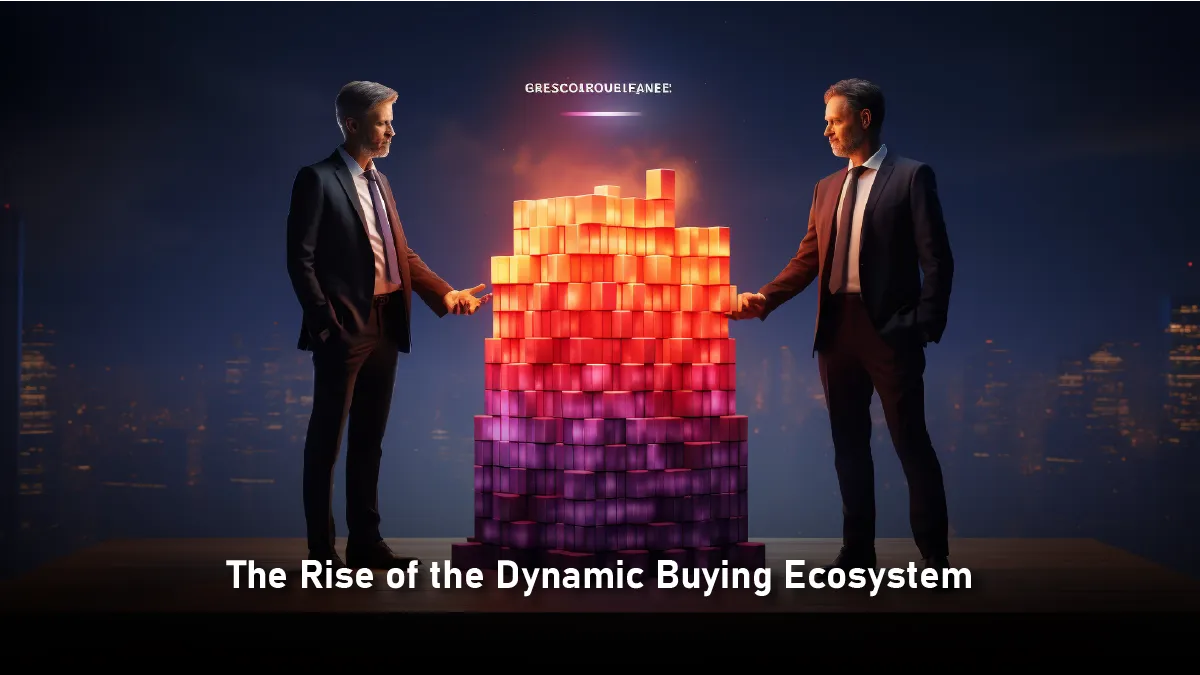
Forward-thinking marketers aren’t abandoning funnels—they’re reimagining them as fluid, adaptive ecosystems. This evolution isn’t about discarding old tactics but embracing three seismic shifts:
Shift #1: From Lead-Centric to Account-Centric Engagement
Account-based marketing (ABM) has moved from niche tactic to cornerstone strategy, with 70% of B2B brands adopting it by 2023. Why? ABM aligns marketing and sales around high-value accounts, delivering personalized campaigns tailored to stakeholder roles.
Take Cisco’s approach: Instead of blasting generic whitepapers, their team creates customized “microsites” for target accounts, featuring ROI calculators and case studies specific to the prospect’s industry. Result? A 32% increase in deal velocity among ABM accounts.
Shift #2: From Static Content to Contextual Experiences
Modern buyers don’t want brochures; they crave insights that solve immediate challenges. Dynamic content—interactive tools, AI-driven recommendations, personalized videos—now drives 45% of B2B engagements, according to DemandGen Report.
For example, DocuSign’s ‘Agile Agreement Cloud’ platform lets users simulate contract workflows based on their industry. Prospects engage not because they’re “in the consideration stage” but because the tool addresses a pressing need.
Shift #3: From Funnel Metrics to Revenue Intelligence
Savvy CMOs are replacing MQLs with predictive analytics. Tools like 6sense and Gong analyze intent signals (e.g., whitepaper downloads, competitor mentions) to forecast which accounts are primed to buy. One cybersecurity firm used intent data to prioritize outreach, boosting win rates by 22% in a single quarter.
Building a Post-Funnel Strategy: Four Pillars for Modern B2B Marketing
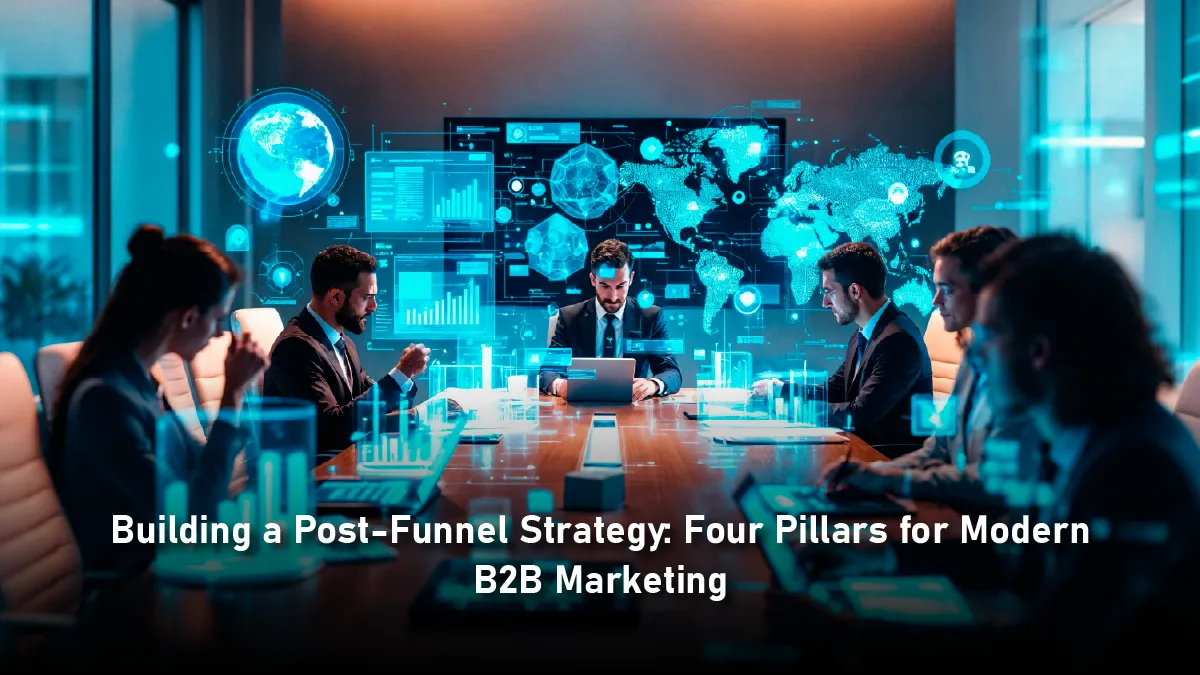
Dismantling the traditional funnel isn’t enough. To thrive, marketing leaders must rebuild around four core principles:
Orchestrate Omnichannel Journeys, Not Linear Paths
Buyers toggle between LinkedIn, email, virtual events, and sales calls—often in a single day. Winning strategies map these touchpoints into cohesive journeys.
Adobe’s campaign for its Experience Cloud suite exemplifies this. By tracking prospects across webinars, blog posts, and demo requests, the team serves tailored follow-ups. If a prospect attends a webinar on AI, their next email includes a ROI case study from their vertical.
Empower Sales with Buyer Intelligence, Not Lead Scores
Sales teams no longer need spreadsheets of “hot leads.” They need real-time insights into a prospect’s pain points, stakeholder objections, and content consumption history.
HubSpot’s CRM now flags accounts showing intent signals (e.g., repeated visits to pricing pages) and auto-suggests relevant case studies. Sales reps report a 40% reduction in time-to-close, as conversations start with context, not discovery.
Foster Communities, Not Campaigns
73% of B2B buyers say peer recommendations heavily influence purchases. Smart brands are ditching one-off campaigns for always-on communities.
SAP’s ‘Industry 4.0’ online forum connects manufacturing execs with peers and experts. By fostering dialogue (not pushing product pitches), SAP has generated 18% of its pipeline from community-driven leads.
Optimize for Agility, Not Predictability
Rigid quarterly campaigns can’t adapt to sudden market shifts. Agile teams use sprint-based planning, A/B test messaging weekly, and reallocate budgets in real time.
When Slack noticed rising demand for hybrid work tools in 2021, it pivoted its entire Q4 campaign in three weeks—launching a viral “Digital HQ” microsite. The result? A 200% surge in enterprise inquiries.
The Road Ahead: Staying Ahead in a Post-Funnel World
The funnel’s demise doesn’t spell chaos—it heralds a more sophisticated, buyer-centric era. To lead this transition, CMOs must:
Break Down Silos Between Marketing and Sales
Unified revenue teams, shared KPIs, and aligned tech stacks are non-negotiable.
Invest in AI—But Keep It Human
Use AI for predictive analytics and personalization, but ensure empathy and creativity drive strategy.
Measure Impact, Not Activity
Replace vanity metrics with revenue-influenced goals: pipeline generated, deal acceleration, customer retention.
As Forrester analyst Laura Ramos puts it: “The future belongs to marketers who stop chasing leads and start cultivating relationships.”
The traditional funnel served its purpose, but clinging to it is like navigating a smartphone era with a rotary phone. Modern buyers demand flexibility, relevance, and respect for their autonomy. The brands that deliver—not by funneling, but by guiding—will own the next decade of B2B growth.
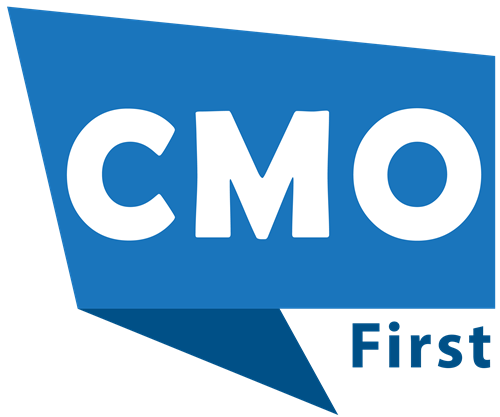





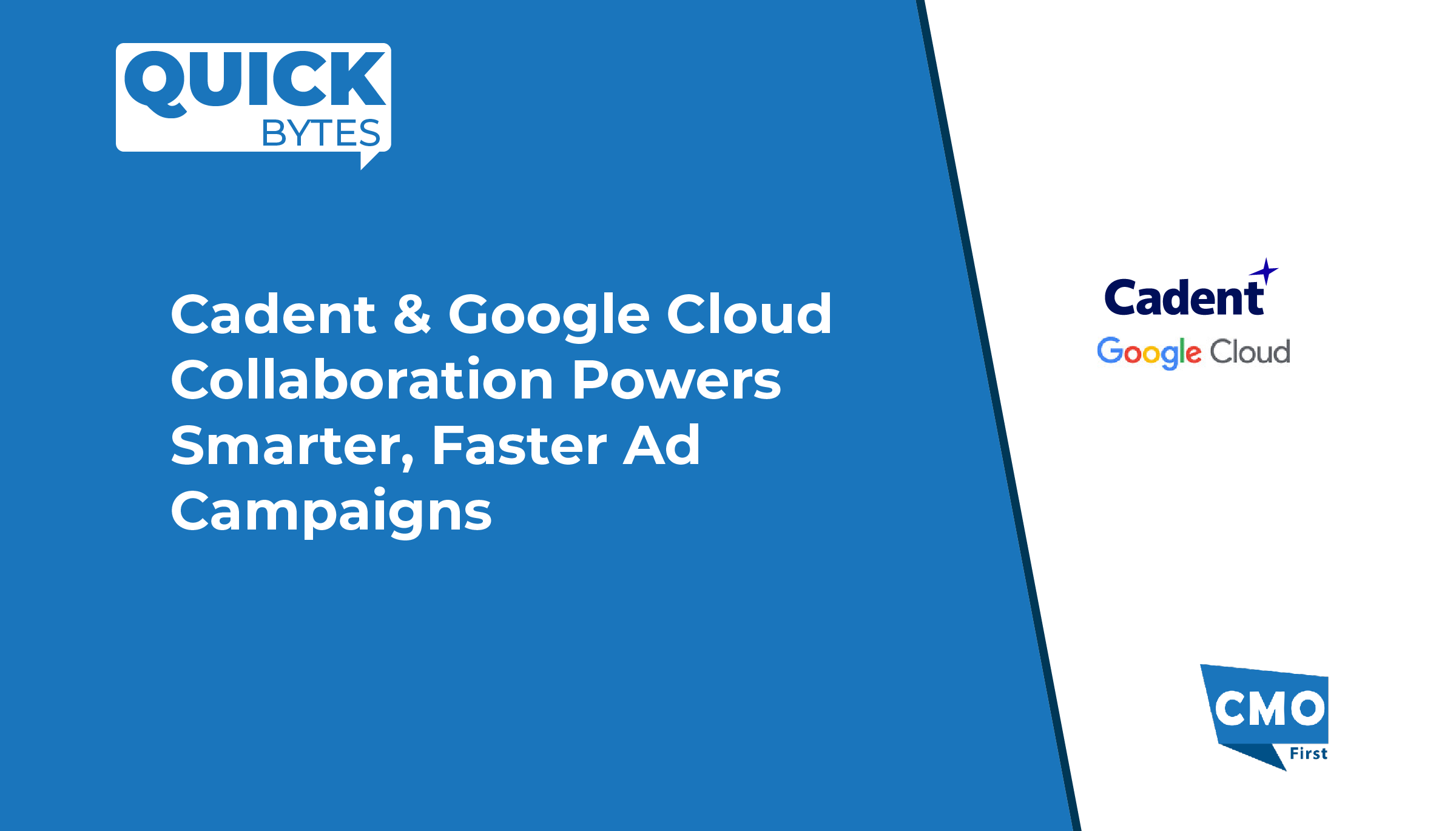
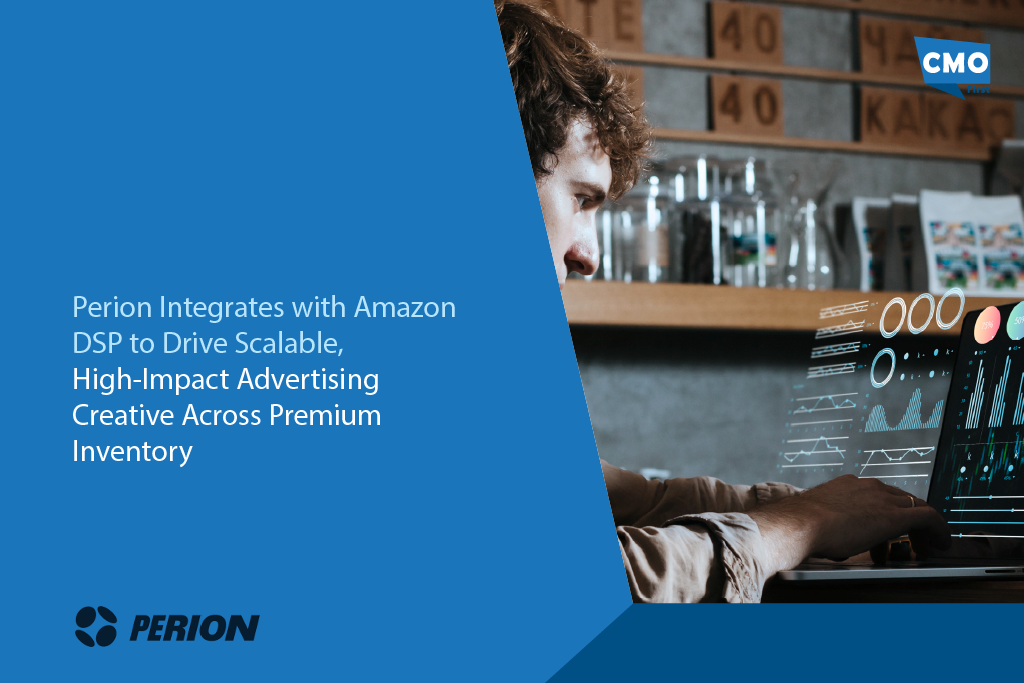

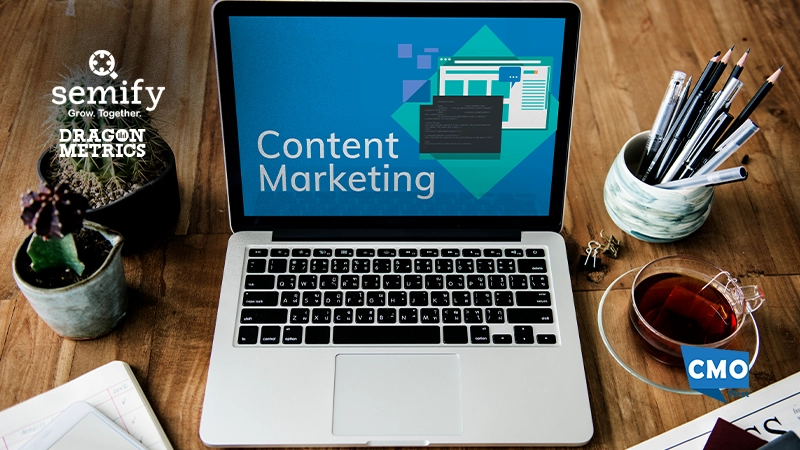
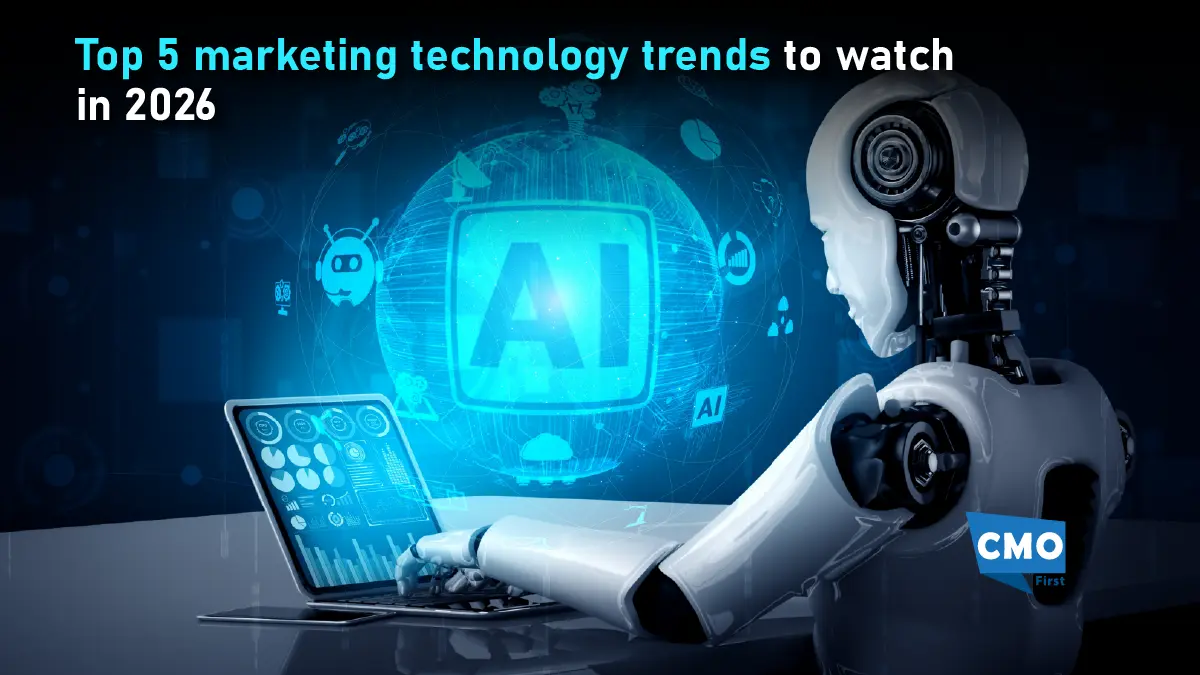
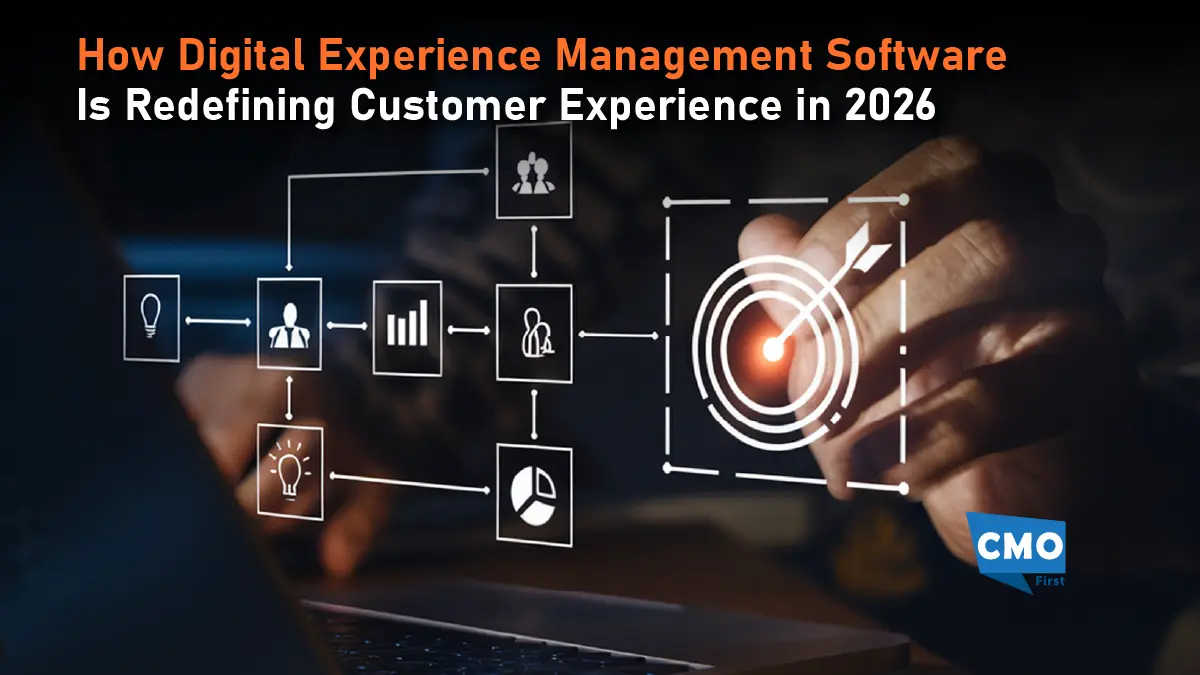
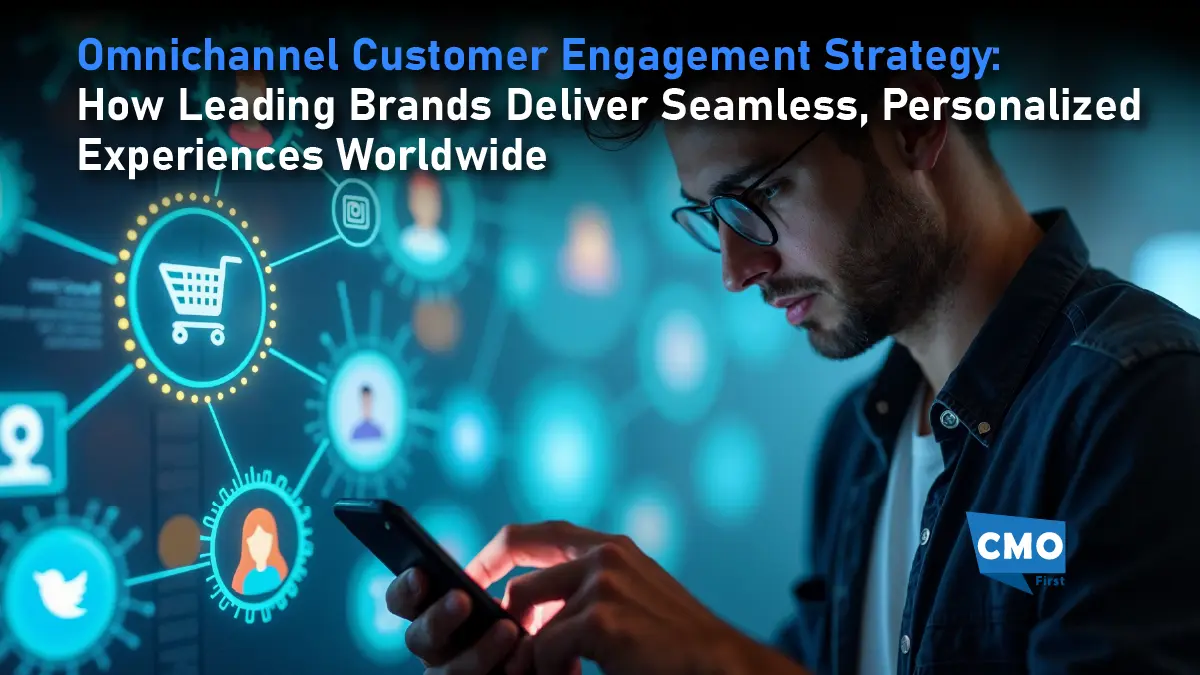
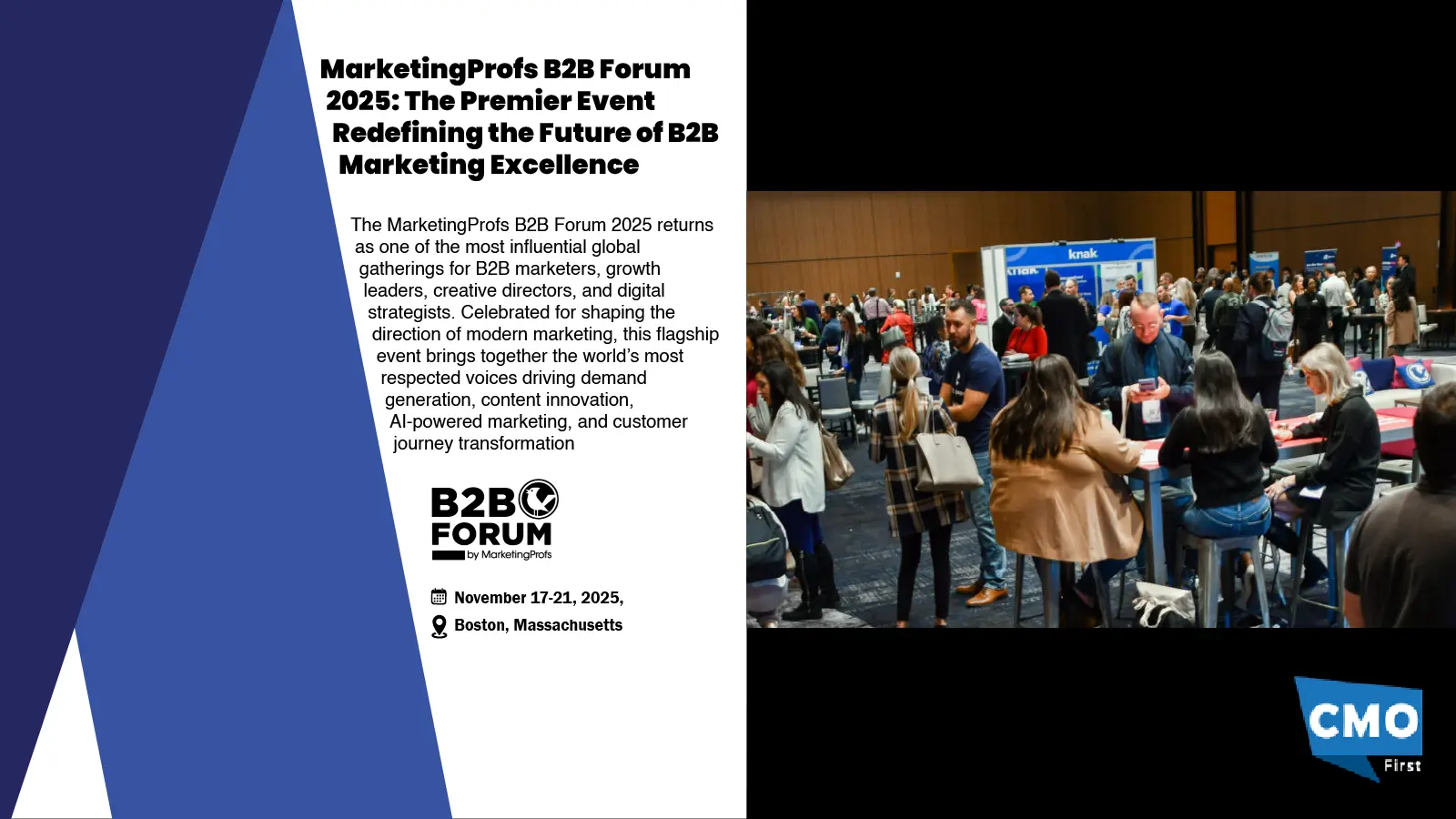


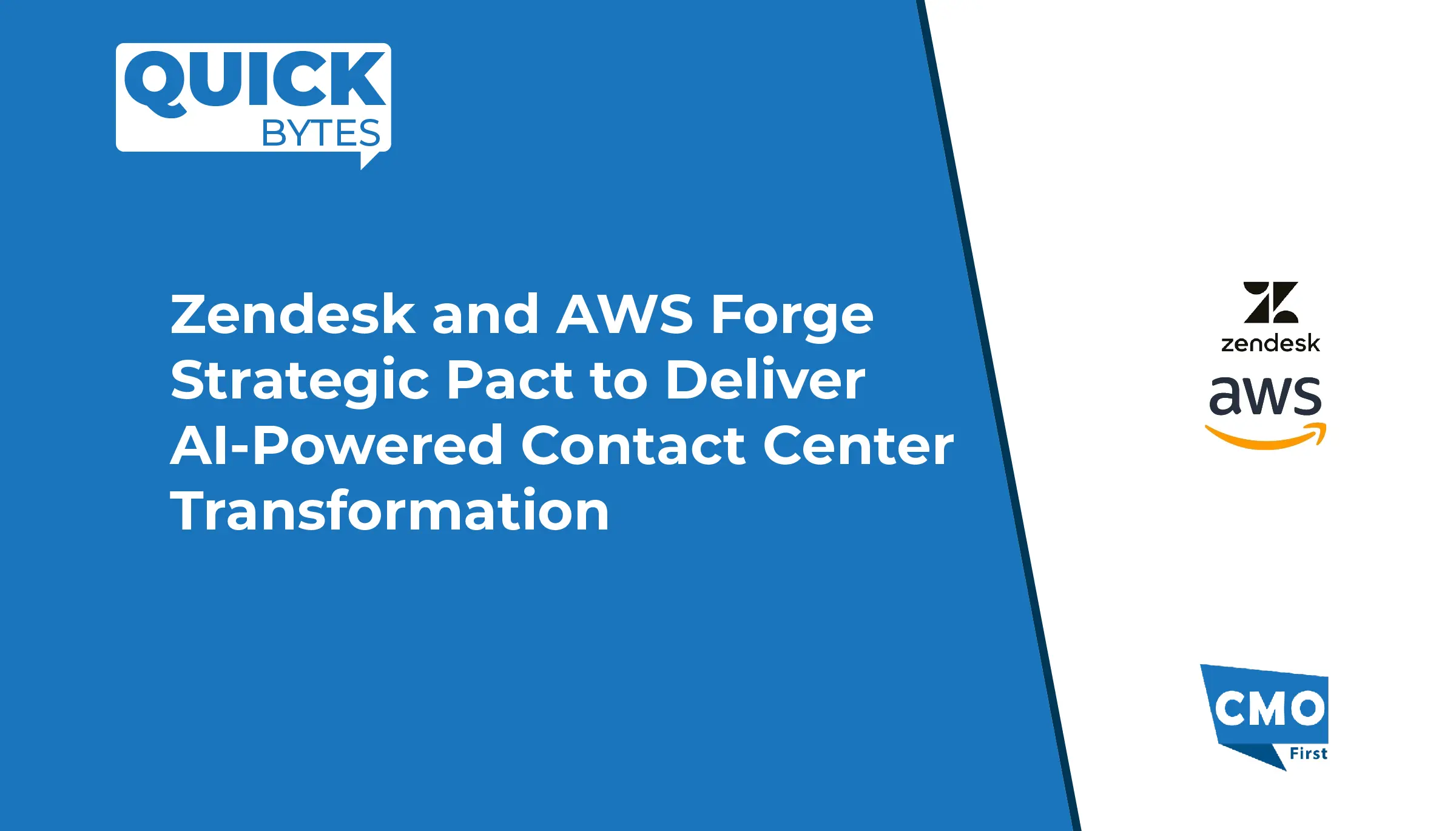


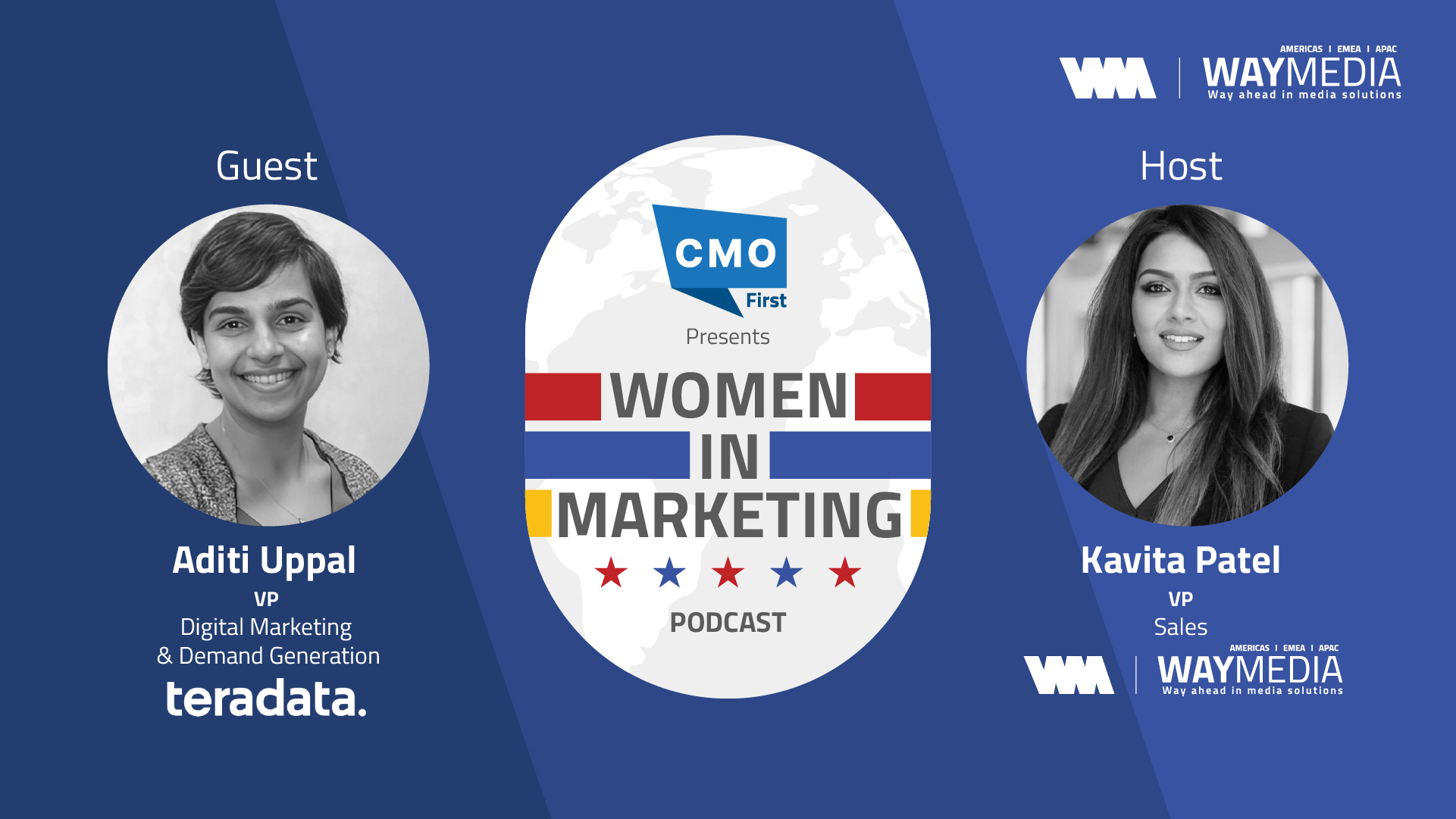

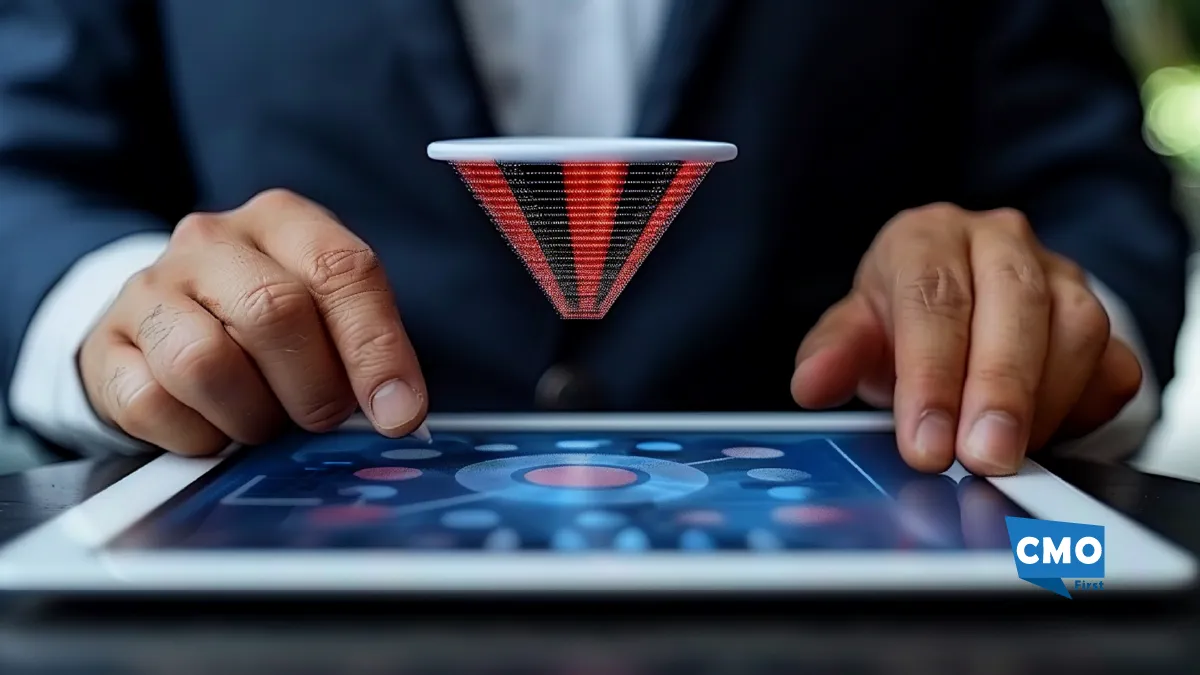

Leave a Reply